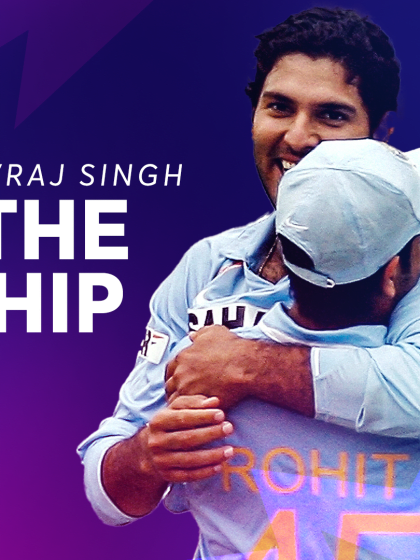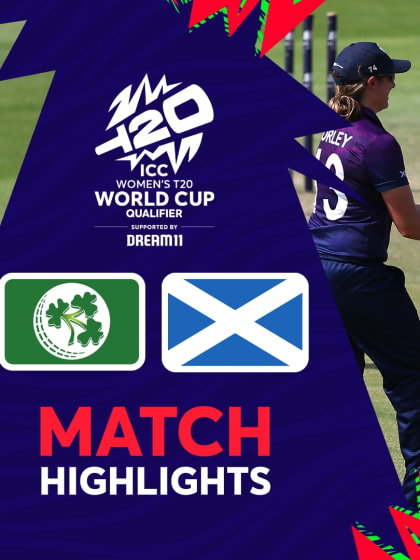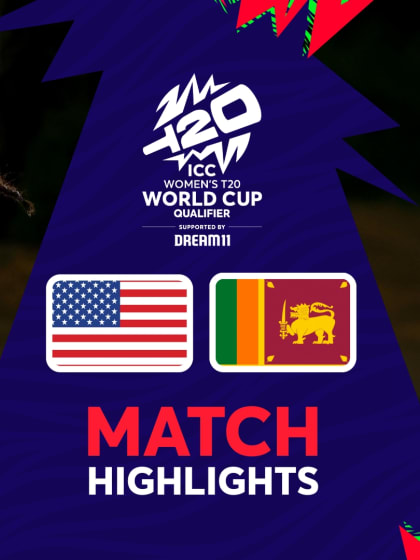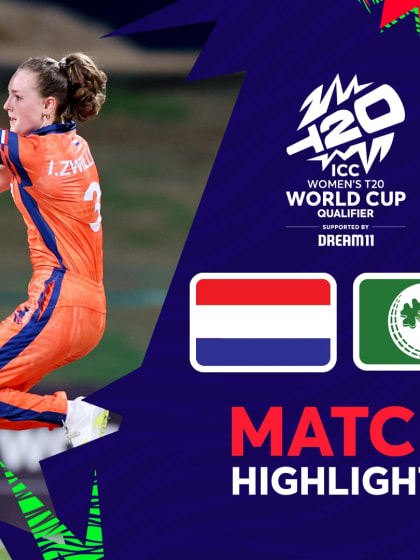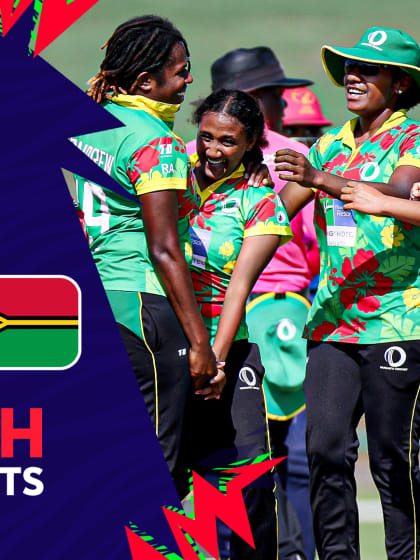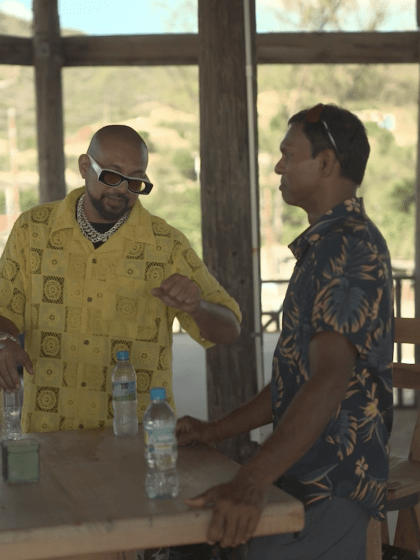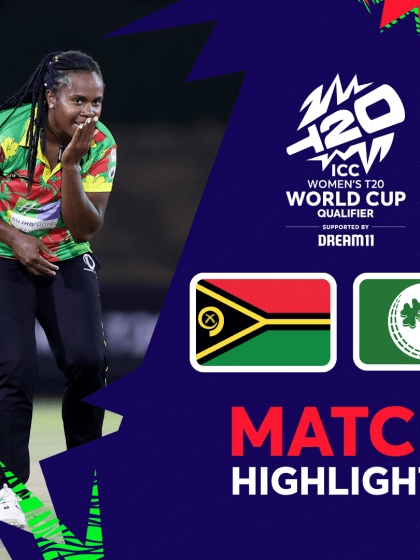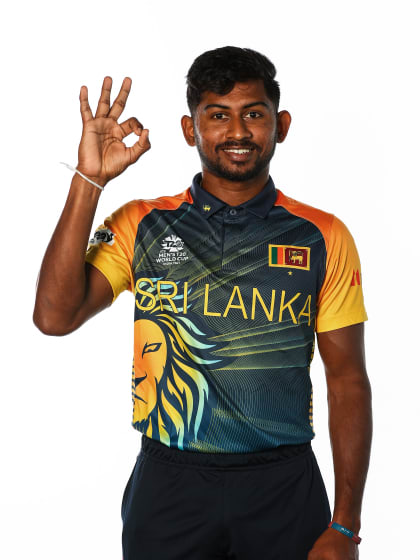Join us for the ninth edition of the ICC Men's T20 World Cup as this June, West Indies and the USA will host the ultimate prize in T20 cricket, with the event featuring 20 teams competing across 55 games for the right to be crowned ICC Men’s T20 World Cup 2024 champions
Buy Tickets
Latest News
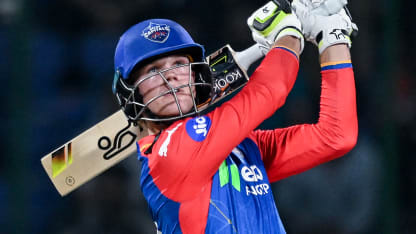
ICC Men's T20 World Cup, 2024
Fraser-McGurk happy to stay patient after missing T20 World Cup selection
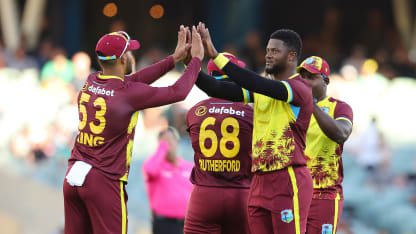
ICC Men's T20 World Cup, 2024
All squads named so far: ICC Men's T20 World Cup 2024
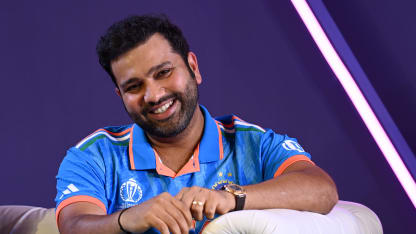
ICC Men's T20 World Cup, 2024
Friends forever: Rohit Sharma through the lens of Yuvraj Singh
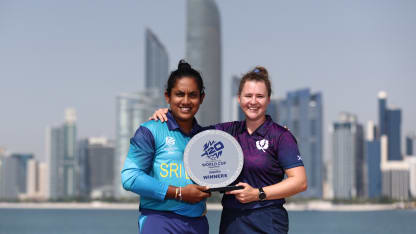
News
Sri Lanka, Scotland gear up for big final that decides Women's T20 World Cup groups
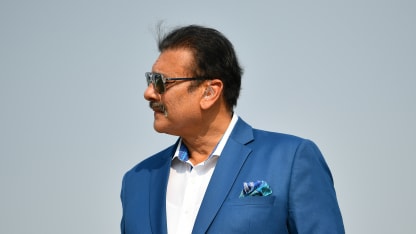
News
‘From Long Island to small island’ – Ravi Shastri picks out two players key to India’s T20 World Cup hopes
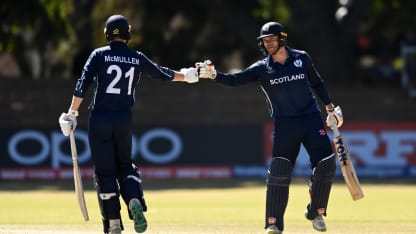
News
Key players return to Scotland's squad for T20 World Cup
Must See Moments
Cricket's global fan community. Sign up today for exclusive content, priority ticket access and personalised news sent straight to your email
JOIN TODAY FOR FREE





